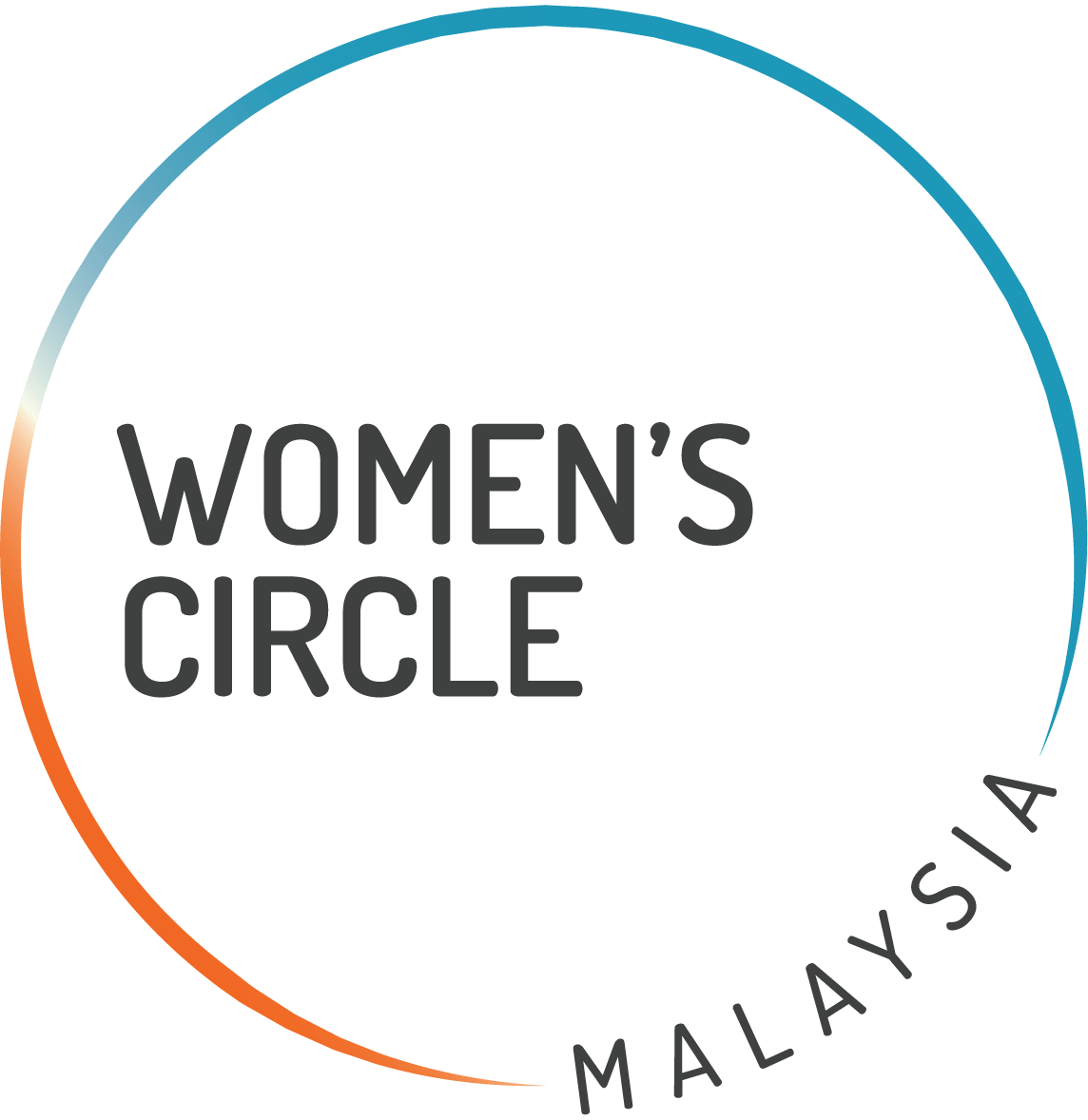These days, most conversations about ESG (Environmental, Social and Governance) revolve around reports, metrics, and corporate responsibility. But here’s a thought: what if ESG isn’t just something your company does? What if it’s something you live?
Deep in my bones, I believe that ESG is more than a framework for major corporations. It is a way of being and one that starts from within.
I like to call it The ESG Within You.
It’s the idea that sustainable leadership, wellbeing, and social impact don’t come from policies alone. They come from people who are aligned — in their bodies, values, and actions.
Environmental: Your Body is the First Landscape
Most people picture the environment as something out there — rainforests, oceans, and recycling bins. However, the first environment we are responsible for is the one we live in everyday: our own body.
It is easy to overlook this especially in leadership, where being tired, wired and overextended is almost worn like a badge of honour. But there is a cost. Fatigue distorts clarity and disconnection breeds poor decisions. No policy – no matter how well-crafted- can function well when the people behind it are running on empty.
As British-Indian activist, author and speaker Satish Kumar reminds us, “The environment is not ‘out there’ – we carry it within us.”
No ESG policy can override a nervous system stuck in survival mode.
And here, at Women’s Circle of Malaysia, my partner and I try our best to make sure that this is not merely, a slogan, but a truth that we return to often, no matter how far we may stray along the way. Breathwork, somatic tools, and the simple rituals we learn and share with our community of inspiring women and girls, these help us restore our relationship with the body. It helps us remember that we are not machines for output, but a living compass. Leadership that is grounded in this kind of self-awareness? From my experience, it moves differently.
It listens more. Forces less.
And perhaps that is where true sustainability begins.
Social : The Quality of Our Relationships Shapes the Systems We Build
Social sustainability is often framed in terms of DEI (Diversity, Equity & Inclusion) policies, community outreach, or stakeholder mapping. But in truth, it starts in the smallest, quietest places – in the quality of our conversations, our conflicts, our listening.
It starts in how we relate.
If the culture of a workplace rewards performance over presence, or compliance over care, the deeper social fabric will fray – no matter how many values are printed on the wall.
What I have seen, again and again, is that the most resilient systems are not the most efficient, but the most relational. Spaces where people feel seen tend to hold more complexity and teams that practice honest dialogue recover faster from tension.
I have been blessed to experience both extreme sides of the coin. And through this, what I have found is that older forms of learning such as sitting in circle, exchanging stories, and slowing down long enough to hear ourselves think still carry something essential. Not because they are quaint or nostalgic but because they invite honesty. These types of informal learning environments creates space for people to speak as they are, not as they think they should be.
Belonging, after all, isn’t engineered. It is felt and it rarely happens in a rush.
Governance: What We Do When No One is Watching
Governance is usually filed under boards, audits and policies. Necessary, yes – but there is a layer underneath it all that decides whether any of it holds: how we govern ourselves.
Most failures of governance don’t begin with a dramatic breach; they start with small compromises – the email answered in haste, the promise made that can’t be kept, the value stated in a deck and ignored at the desk. Calendars are governance. So are budgets. So are boundaries.
Self-governance looks ordinary from the outside. It is the habit of telling the truth early. The discipline of a considered no. It is also the willingness to pause before replying, and to tolerate a beat of silence so a better decision can arrive. It is keeping faith with the work when no one is clapping, and correcting course when you are even slightly off your own code.
Pace belongs here as well because decisions made at a frantic tempo often creates the next crisis. Hence, leaders who can slow the moment – breathe, listen, ask a cleaner question – tend to prevent three meetings later. Now, we are living in the world with less theatre, and more truth.
In the end, governance is not only what a company writes; it is what a person lives. The alignment between stated values and daily choices is the real policy. And that is work done quietly, consistently, when no one is watching.
ESG Begins Within
Even in this work, I have been tempted to treat ESG like a box to tick, a set of external markers to prove we are doing something good. I have rushed to write pitch decks before checking whether I was living them. I have spoken about sustainability while running on fumes. I have talked about inclusion while ignoring my own need for rest.
But again and again, this work brings me back.
ESG, at its root, is not just about systems. It is about people and how we lead when we are exhausted. How we speak when we are under pressure, and how we hold ourselves and each other through change.
The frameworks are useful – necessary, even. But if we forget the body, the breath, the relationship, the integrity, then the rest won’t hold.
And so I return to the simple things like a deep breath before a difficult meeting to a circle where stories are told, and a budget built not just for profit, but for pace. That is what ESG within looks like to me, its not a trend. it is a practice.
One I am still learning, still fumbling, and still choosing every single day.



Leave a Reply